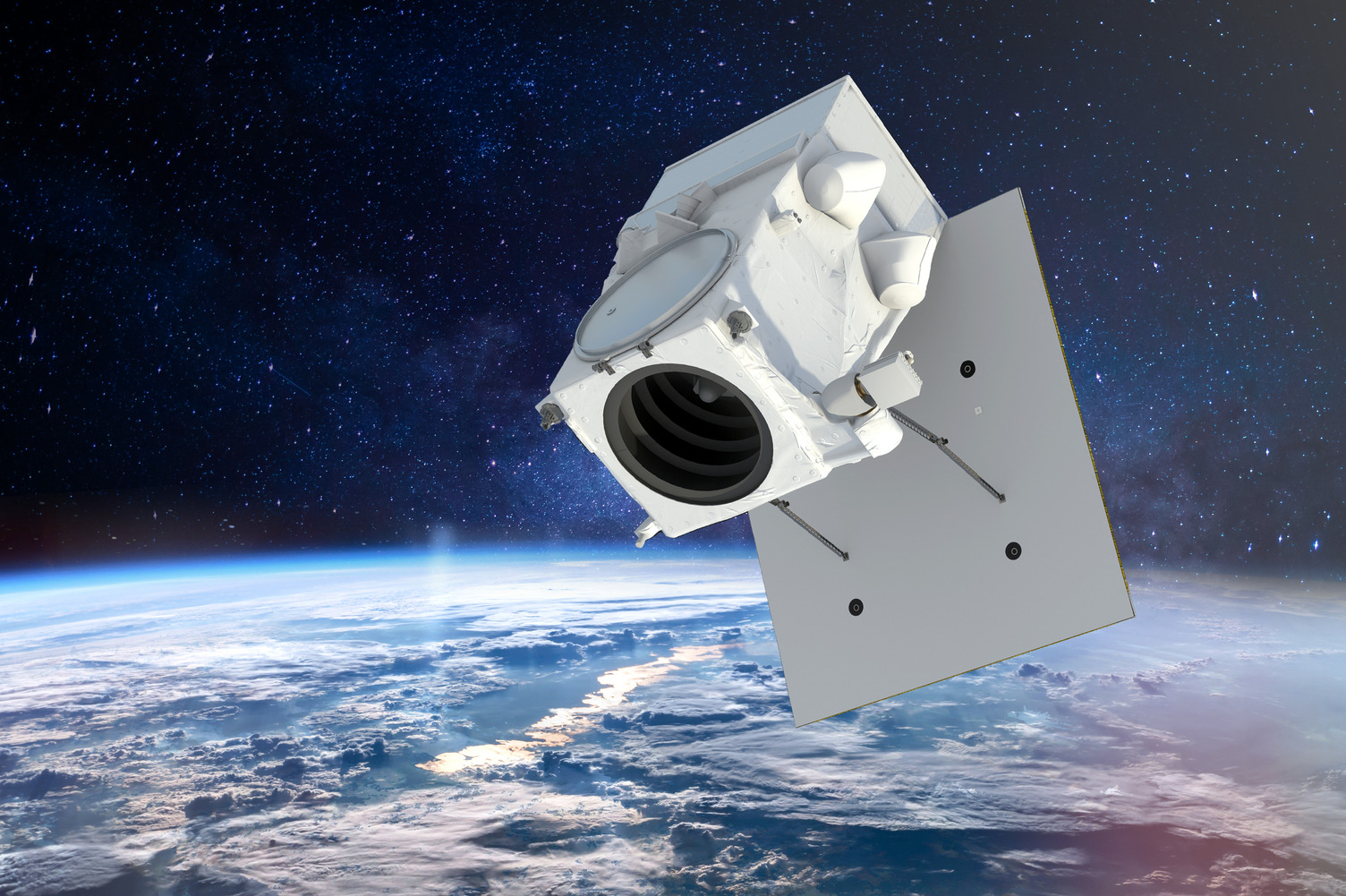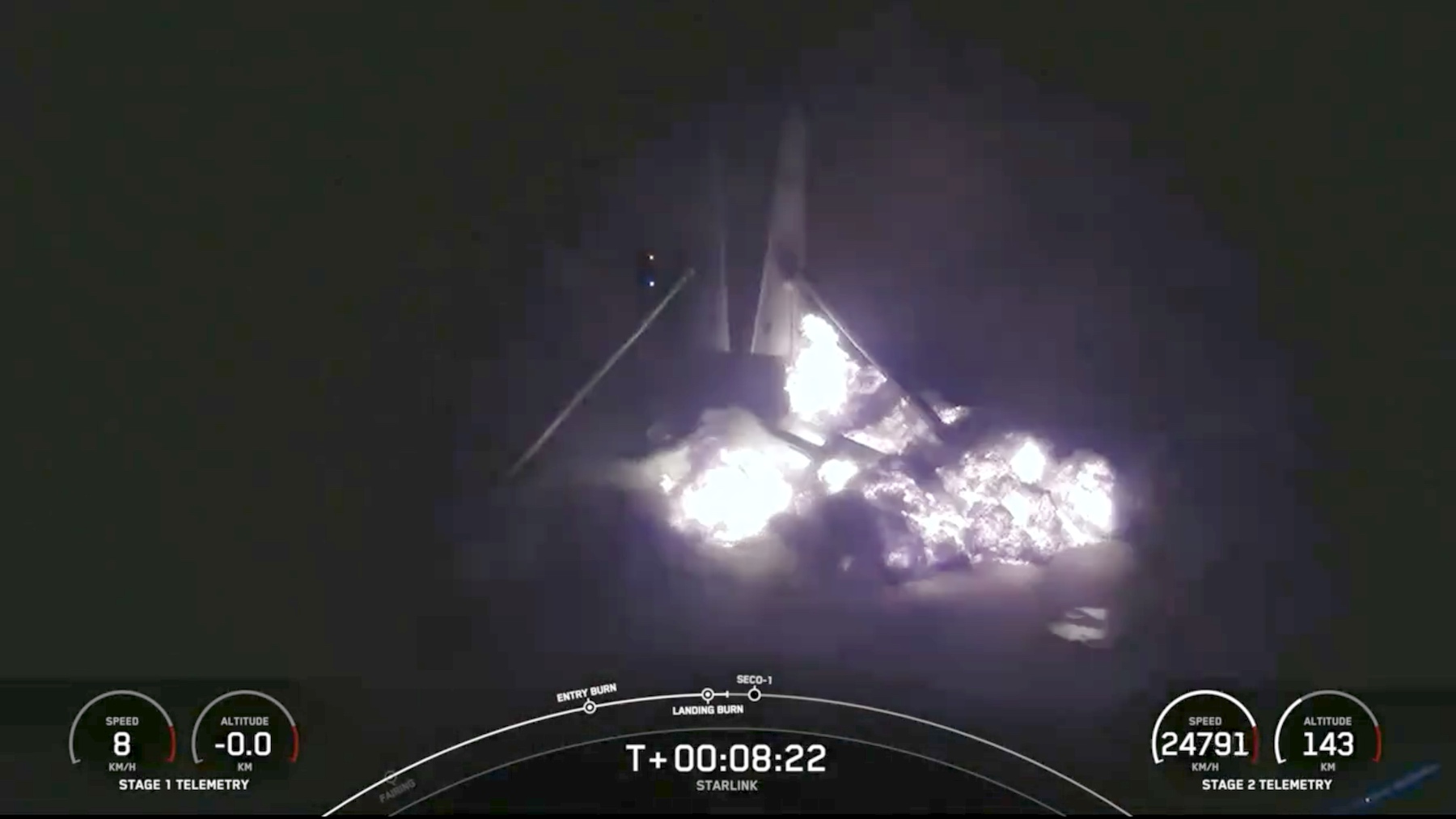WASHINGTON — After years of delays, Maxar Technologies is finally on the home stretch to launching the first two satellites of its next-generation WorldView Legion Earth-imaging constellation.
The company announced March 18 that the first two of six planned high-resolution WorldView Legion satellites have arrived at Vandenberg Space Force Base in California, paving the way for liftoff as soon as April aboard a SpaceX Falcon 9 rocket.
This marks a crucial milestone for the WorldView Legion program, which has suffered repeated setbacks since Maxar started developing the spacecraft in 2017.
The Legion program is vital for Maxar to augment its existing fleet of three WorldView and one GeoEye electro-optical imagery satellites. The company in 2021 deorbited its newest WorldView satellite which suffered an on-orbit hardware failure and could no longer collect usable imagery.
“When all six WorldView Legion satellites are launched, it will triple Maxar Intelligence’s capacity to collect 30 cm-class and multispectral imagery,” said Dan Smoot, CEO of Maxar Intelligence.
Electro-optical imaging satellites with resolution of 30 centimeters such as Maxar’s WorldView Legion are equipped with optical sensors capable of capturing precise images of small objects and features on the Earth’s surface.
Maxar’s primary customer is the U.S. government. The company in 2022 won a $3.2 billion contract to provide imagery to the National Reconnaissance Office over 10 years.
Legion satellites built in California
A spring 2024 launch would be two years later than originally planned.
The March 18 announcement is the first update that Maxar has provided on WorldView Legion in nearly a year, since it was acquired by a private equity firm.
The new satellites were built by Maxar Space Systems, a separate business sector that operates a satellite factory in Palo Alto, California. Maxar Intelligence is responsible for the satellite imagery business,
The WorldView Legion satellites are the first to be built with the company’s new bus, the Maxar-500 mid-size platform, said Chris Johnson, CEO of Maxar Space Systems.
“We are excited to reach this important program milestone and look forward to continued partnership on the program,” said Johnson.



